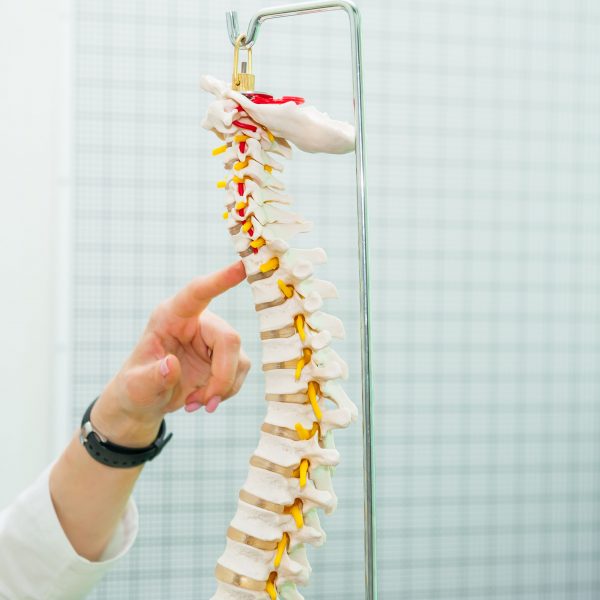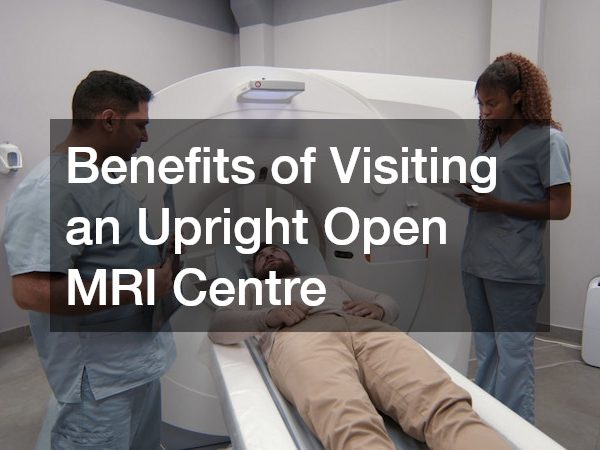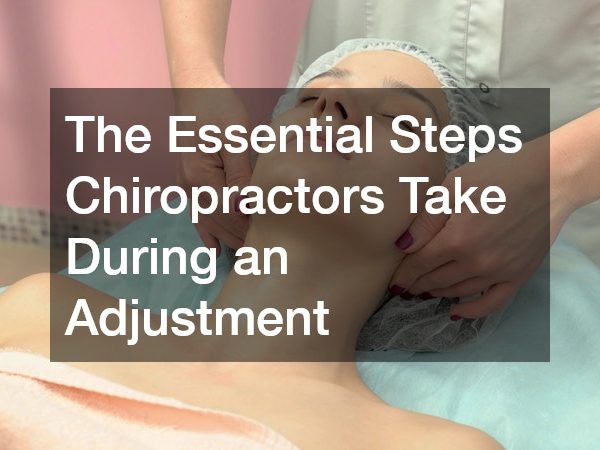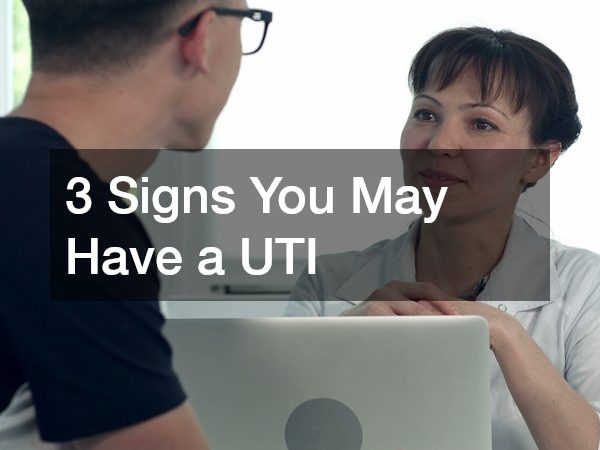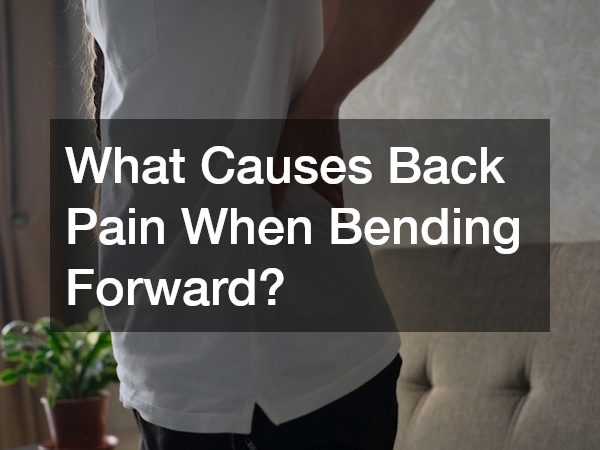Scoliosis is the spine’s curvature that occurs mostly during the growth spurt before a person hits puberty stage. It can be caused by numerous conditions such as cerebral palsy and muscular dystrophy, among others. However, the main root of scoliosis remains unknown in the field of medical research.
In the United States alone, scoliosis affects an estimated six to nine million Americans. The age group most affected by scoliosis is the 10 to 15 years old group.
How bad can it get?
The majority of scoliosis cases are mild, but some deformities in the spine worsen as a child with scoliosis grows older. There are severity levels of spine deformities that can lead to physical disability. An example of this is a severe spinal curvature—it can decrease the amount of normal space the chest needs to allow the lungs to function well—making it difficult for the organ to perform its bodily function.
Early diagnosed scoliosis patients are monitored closely—especially if they are young. The supervision includes X-ray examinations to observe the progression of the spinal curve. Most cases require no treatment, but some cases will require children to put on neck braces to prevent the spinal curve from worsening. Severe cases need surgery to prevent adverse effects and to reverse the effects of scoliosis on the spine.
Scoliosis can also come with health complications, especially if the case is severe. The complications can be:
- Lung and heart problems
- Chronic back pain
- Uneven appearance of bones in the upper body
What are the symptoms?
The symptoms of scoliosis are easy to notice. They include the following:
- Uneven shoulders
- A shoulder blade appearing more prominent or sharper than the other
- Uneven waist
- Uneven hip height
You might mistake bad posture as symptoms of scoliosis, but when it comes to early prevention, it is better to have your child checked for problems with their spine that is affecting their posture.
How can scoliosis be treated?

Among children, treatment is determined by age, the severity of the curve, and the case’s progression. In most cases, these youngsters might not need treatment. Only a small population of children with scoliosis end up getting a surgical procedure to alleviate their spine problems.
Monitoring is considered a way to treat and supervise children with perceived spine problems. Such is the case because chances are, a child’s spine has the possibility of straightening as they grow older. However, if the curve does not correct without intervention, further medical attention will be required.
Wearing a cast is an option for babies and toddlers. It is a way to help their spine straighten as they grow. They will need to wear a cast made of plaster tailored to the size of their backs. To maximize the effect, the cast should be worn and changed every few months to fit the child as they grow bigger.
Back braces are worn by children with severe spin conditions as recommended by specialists. The brace will not guarantee that the curve will be corrected, but they are believed to prevent it from worsening. Like a cast, back braces are tailored to fit a child’s back and should be worn for most of the day. They are worn until a child is around 16 years old.
Chiropractic treatments are non-invasive treatments made to reduce back pain from scoliosis. It is not an outright treatment to the condition itself, but rather a way to reduce its effects on the body. Unlike painkillers, they are non-drug forms of reducing pressure on their nervous system, which produces discomfort or pain from the spine curve.
For adults with scoliosis, the best option to treat them is to prescribe the right pain medication and put them under physical therapy to allow their core muscles to gain strength.
Scoliosis is a common physical ailment among children. The severity may or may not affect how they grow and interact with the world around them, depending on their case. However, it is important to note that early diagnosis of scoliosis can greatly help the case.
If you notice symptoms, take your child to a specialist and have them take a look. Do it even if your child does not voice out their concerns about their spine. Being alert will take you a long way when addressing medical cases with treatment effectiveness that depend on how early the diagnosis occurs.

